More about "Djanes" project
This is a media project of the Roma youth organization "ARCA". It includes news of the Roma community in Ukraine, interviews and life stories, interesting facts designed to break stereotypes.
Djanes
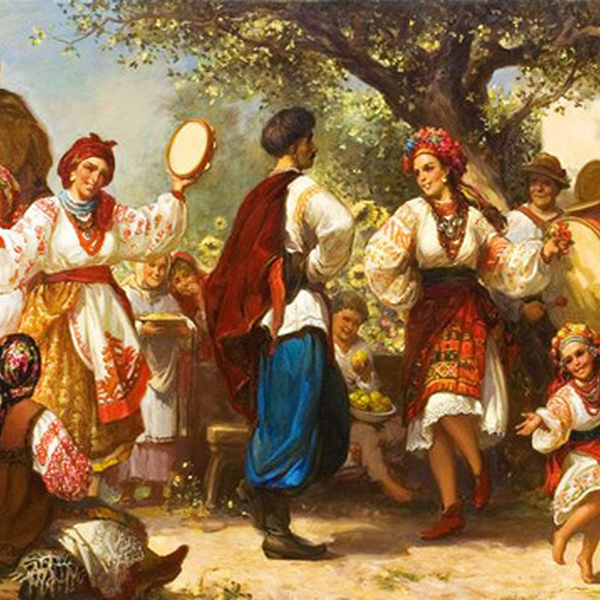
Romani and Ukrainian Wedding Traditions: Similarities and Symbolism
We continue the topic of Roma weddings. We have already told you that Roma brides cry because of a whirlwind of emotions, just like any other girls who get married. But what about the traditions? What are they like? You won't believe it, but in some places they are very similar to Ukrainian ones.
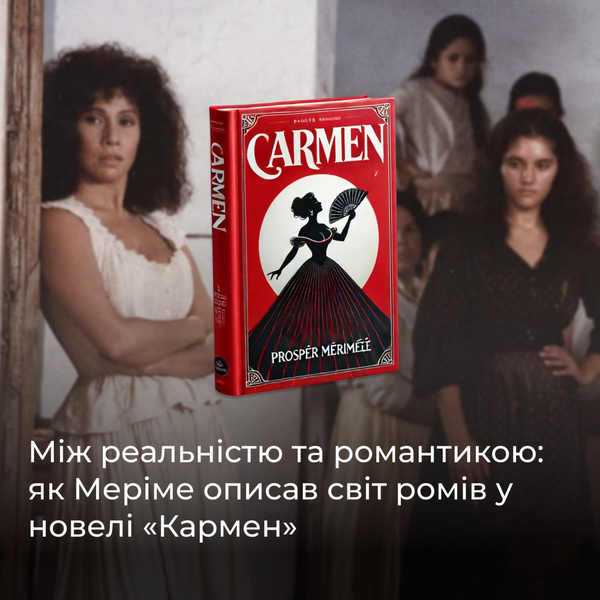
Between Reality and Romanticism: Mérimée’s description of the Romani world in his Carmen novel
In various realms of art—be it literature, cinema, music, and/or painting—one can often encounter Romanis. The image of this ethnic group is, more often than not, pretty template-based and stereotypical. What about the Carmen then—a novel featuring a Romani girl as the main protagonist? What dominates here: truth or fiction?
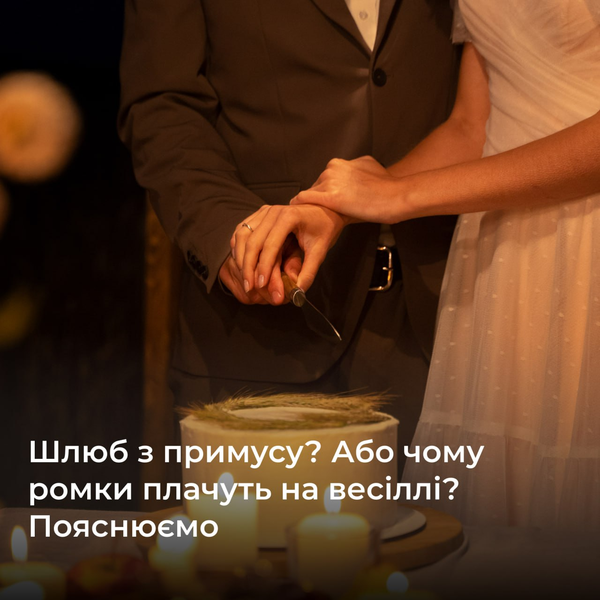
Forced marriage? Why do Romani girls cry at weddings?
Why is the bride sad? This is the question social network users often come up with as they watch Romani weddings. And they actually come up with answers of their own right away: she is going to marry a man she does not love; she is being forced into marriage; she is way too young… A lot of replies are suggested—and yet, people often forget about ordinary, commonplace «humane» explanations.
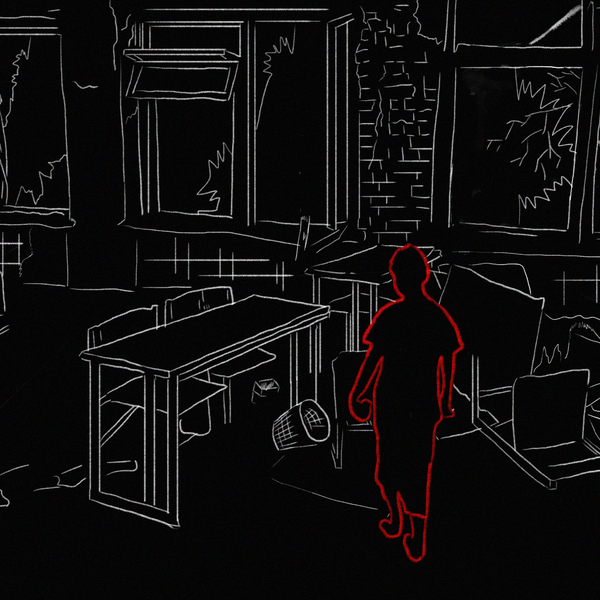
Between education and war: how the occupation has destroyed the education of Roma children
Mashkar yirvalimos tay marimos: sar i okupatsyia phaglia le Rromane beyatsengo sytyarimos. Not only did the war destroy school buildings but also created serious obstacles for the education of an entire generation of Roma children.
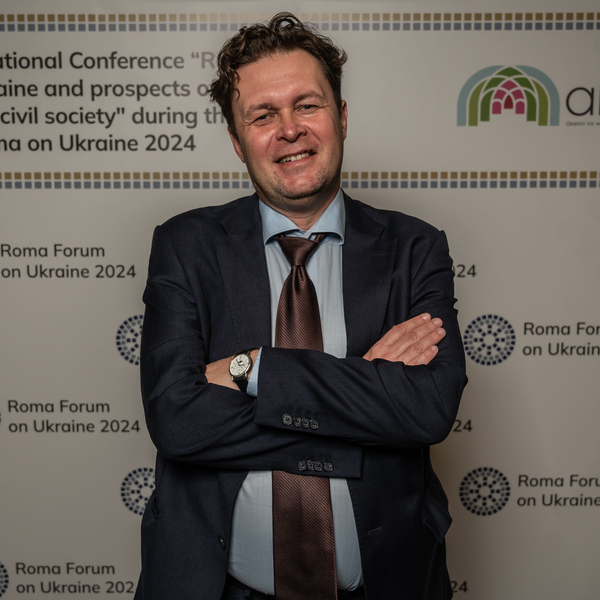
Yevhen Magda: «A multi-ethnic political nation is our competitive advantage»
“In democratic societies, there will always be different views on certain processes, but we need to find moments, points of contact, with which to work together,” says Yevhen Magda after moderating a panel at the International Conference in Kyiv.
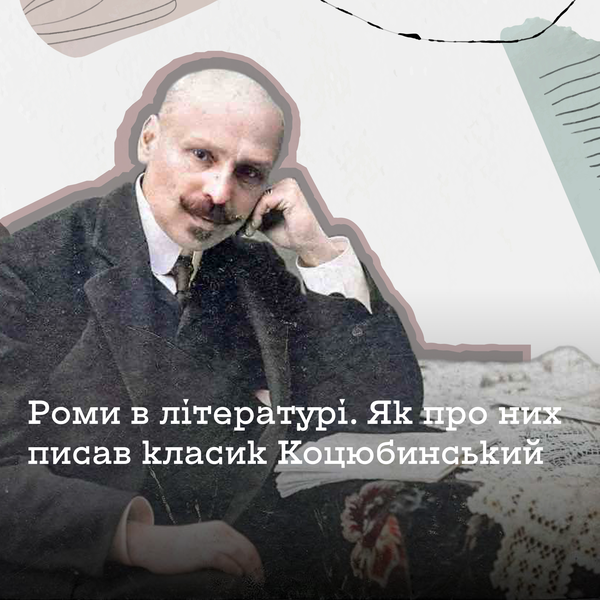
Romanis in Ukrainian Literature: How Mykhailo Kotsiubynskyi described them
“At a High Price”. The story was written between 1899 and 1901. One of the interesting details of the literary work is that Mykhailo Kotsiubynskyi introduces Roma characters in his story. And they are, in fact, one of the central characters of the storyline.

Discussing Romani issues on the international level
On October 30-31, Kyiv hosted an international discussion of Roma issues. Representatives of the EU, the UN, state institutions, NGOs and international partners took part in the conference “Restoring Ukraine and the prospects of Ukrainian Roma civil society”.
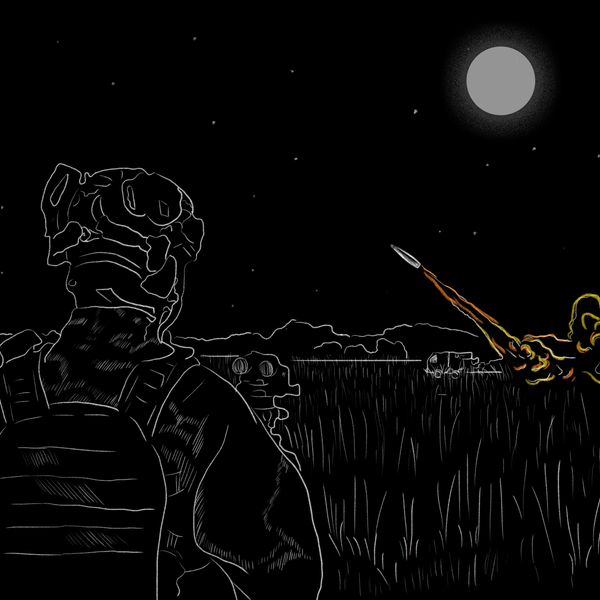
Oleksii Panchenko: «The ultimate joy was when our lads were coming back from a mission alive»
A Roma soldier of the Ukrainian Armed Forces tells about his experience in the army.
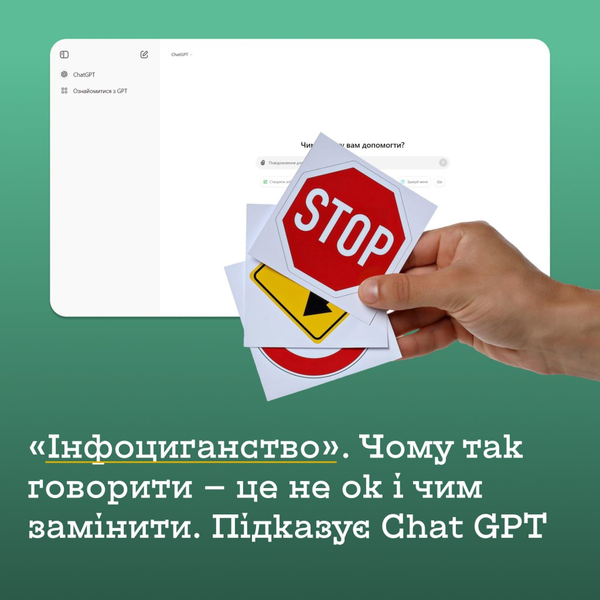
The innocent words that denigrate: why the notion of «info-Gypsyry» should vanish
We can hear these words live on TV, we can see them in mass media—nay, even social networks come up with this ‘colourful’ vocabulary. Info-Gypsyism. Why saying something like this is not ok? Is it indeed such a unique term which really-really cannot be replaced by anything else? Let us take a look at this and discuss.
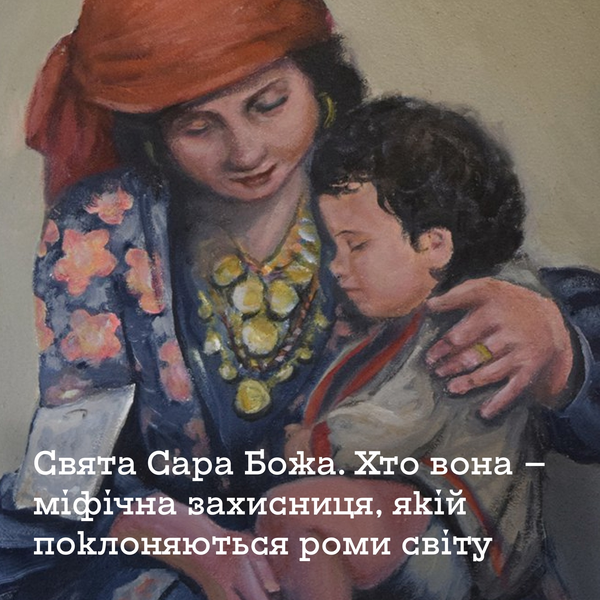
Saint Sarah of God, Patron Saint of the Romani people venerated by Romanis all around the world
Chaikhanas where coffee is served, prepared in cezves. Where the fragrances of saffron spices spread in the surrounding air from the kitchens. Local restaurants where they eat couscous and chicken. Where you can see two temples in the skyline against angular rocky mountains: a Muslim mosque and a Roman Catholic Church of Our Lady of the Sea.
Also in this section:
- «Невидимі. Стійкість: минуле і сучасність ромів». Як зрозуміти історію ромів через візуальну культу
- Альфреда Марковська: історія життя і порятунку інших
- «Дивись і не забувай»: 15 років Dikh He Na Bister у Кракові
- ФОТОРЕПОРТАЖ: У Києві відкрили виставку про ромську історію та ідентичність
- «Відновлення пам'яті – роми у Варшавському гетто». Історична екскурсія у Варшаві
- PHOTO REPORT: Events commemorating the victims of the Roma genocide in Babyn Yar
- 2 серпня — Міжнародний день памʼяті жертв геноциду ромів
- Коли допомога — це більше, ніж ваучер
- Антициганізм поруч: як розпізнати упередження у звичних словах і жартах
- Стереотип замість культури: як TikTok спрощує ромську ідентичність